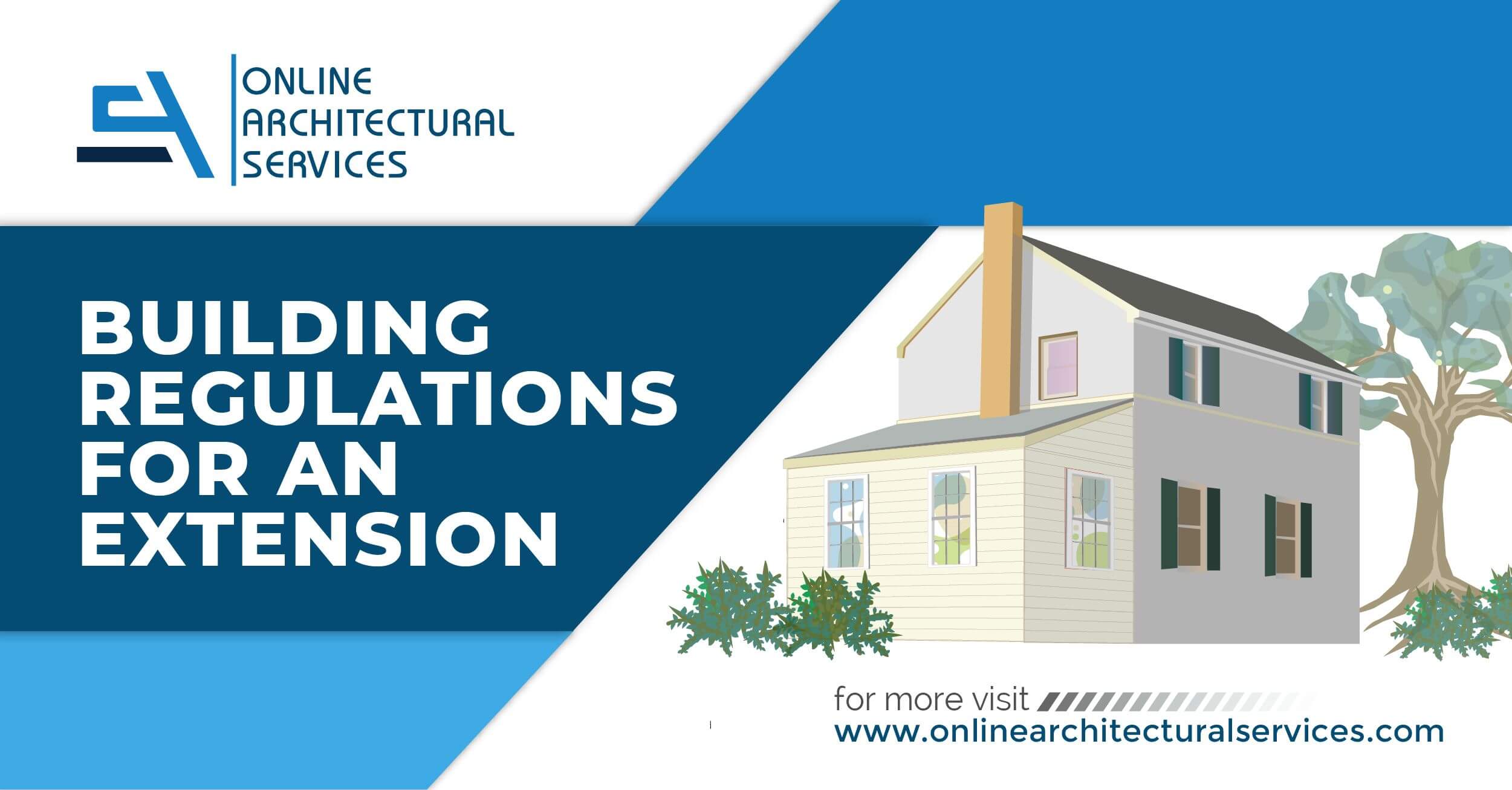Typically, around six meters permit for an extension without any prior planning permission for the extension. This can, in some cases – such as, with detached housing, extend to around 8 meters. In addition to this, some factors apply and, need to take into consideration before any extensions can make to the property. Two of which list below:
1. The Type Of Property:
A wide array of properties and buildings do not have the freedom to make any extensions. For instance, flats, maisonettes, etc. Don’t give the authority to extend beyond what is already there without seeking permission first. Only houses have the right to expand beyond their default. But even that comes with restrictions. If the property involved had converted to a house at some point, then the extension rules do not apply and will not give the allowance to do so without consulting for permission rights.
2. Listed And/Or ‘Designated Property:
Areas used for protection and conservation. Such as the national parks and Norfolk, may not have the right to build an extension without consulting for permission. If the permission rights limit on designated land. Then the limitations with extensions placed upon one would include. For instance, cannot build over one floor; cannot have side extensions, and not is the cladding of the exterior is encouraged without seeking planning permission for an extension from the authorities.
Do You Need Building Regs For An Extension?
Yes, building regulations are necessary for most extensions. Even though there are many housing/properties that do not require building regulations approval, most certainly do. Building regulations make sure that the final work of the property has decent performance and is safe to use. Without building regulations for an extension, problems such as selling the house/property may arise as well as adding on the risk of prosecution and enforcement from authorities.
Building regulations generally make sure whether places such as the roof is well insulated, ventilated, structurally sound, and weather-resistant; whether walls are thermally efficient, weather-resistant, and have structural stability; doors, windows, and roof lights are watertight, airtight, and insulated, etc.
Without looking at building regulations before planning for an extension. local authorities are eligible to prosecute builders with a great, infinite fine, and also enforce the rules on the owner, practically forcing the owner to make the ‘good works. if this is not done by the owner. It will do by them and the costs will claim by the owner.
In addition, a building regulations completion certificate will request upon selling the property to prove, that the extension works agree to the building regulations. And, have dealt with a decent standard. Therefore, it is safe for the owner. And, the builders to consider using building regulations when seeking an extension to the property in order to avoid problematic situations.
How Close To My Boundary Can I Build An Extension?
Extensions should not occupy more than half the area available outdoors and single-floor extensions limit to being 4 meters high. But, if the extension is within two meters of the boundary of the housing/property. Then the floor can build up to 3 meters high. Double floor extensions can extend to up to three meters from the main house. And, cannot surpass seven meters towards the boundary.
Generally speaking, if the plan of building an extension is over one floor. Then the limitation is that the owner will not be able to extend beyond the boundary at the rear by more than 3 meters. This rule only applies, when there are no other properties surrounding the land to the rear of where the home location. That will say, neighbors, are deeply involved when considering how close to the boundary an extension can make. Per the planning process regarding the boundary and extensions, the neighbor is able to submit a householder planning application voicing their concerns.
Therefore, it is always worthwhile and beneficial for the owner to discuss with the neighbors before extending towards the boundary. For instance, letting them see the plans, about the heights from the build, and if anything is of any concern, then it can correct previous to any build which ultimately speeds up the entire process.
But as a general rule, however, it is simple to just keep in mind that a build that reaches 7.2 feet consider acceptable. And anything beyond that value may leave the owner encouraged to discuss the boundary plans with the neighbors first. This not only prevents the owner from facing a problematic situation. But it also allows the community surrounding the housing to feel comfortable too.
Can You Get An Extension On Planning Permission?
Absolutely! Though certain limitations are still put in place and the freedom to make extensions without much guidance from professionals prevent. Initially, permitted development rights to make the owner of the housing eligible to make extensions without having the need to apply for planning permission as long as, specific limitations and, conditions are met. If these conditions are exceeded, planning permissions are still available for application and extensions can make.
A planning consultant may be of use when considering options to aid in the smooth running of the extension project. These rules apply under the context of the proposed extension and any previous extensions. So in short, to houses only and not for flats and maisonettes, converted houses. And, other buildings that do not fall under the housing category.
Planning permissions, however, will allow various sorts and kinds of property to make extensions to only half the area of the land around the original house. The extensions cannot be higher than the highest part of the existing roof or higher at the eaves than the pre-existing ones. And as long as the materials used in any exterior work look similar to that of the original housing, then extensions should be fine. Hope this article was successful in answering your questions.
BEST OF LUCK!!

